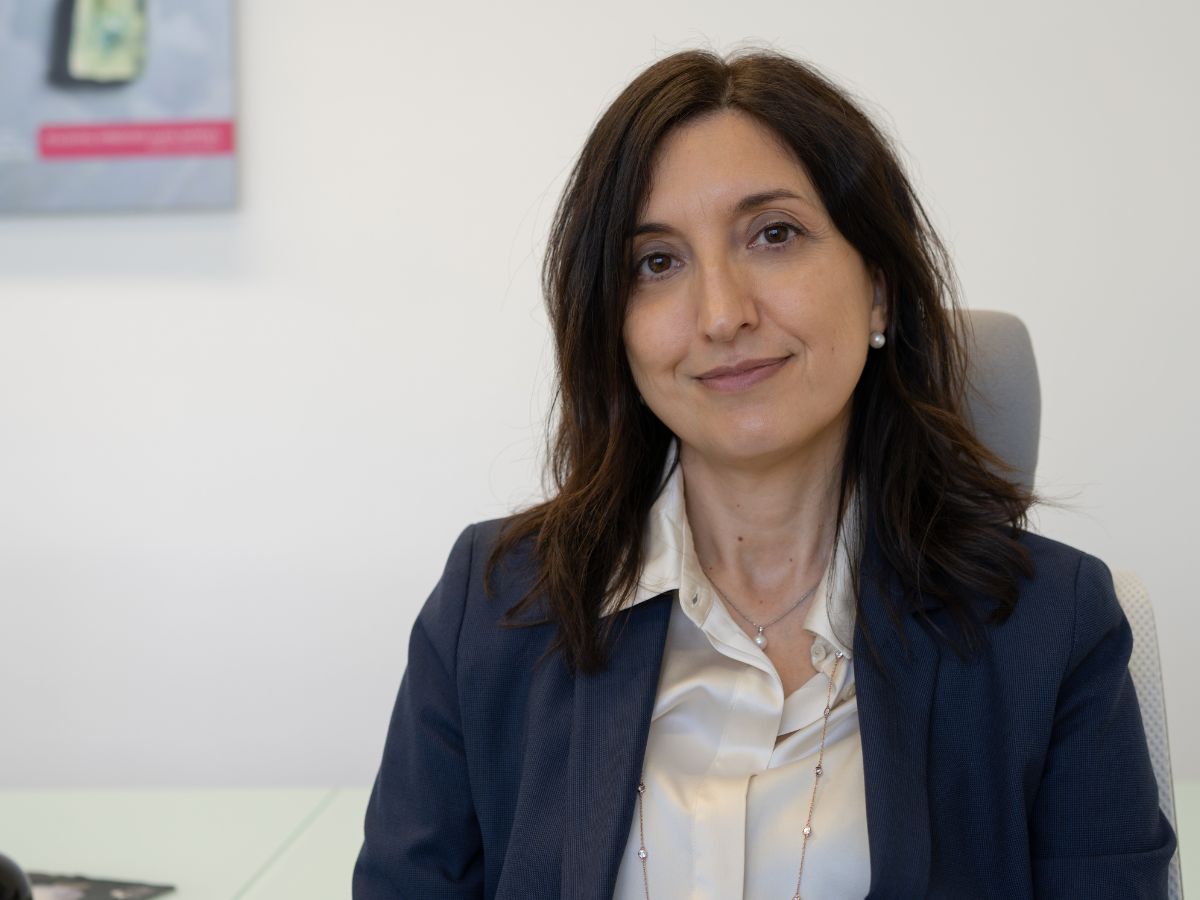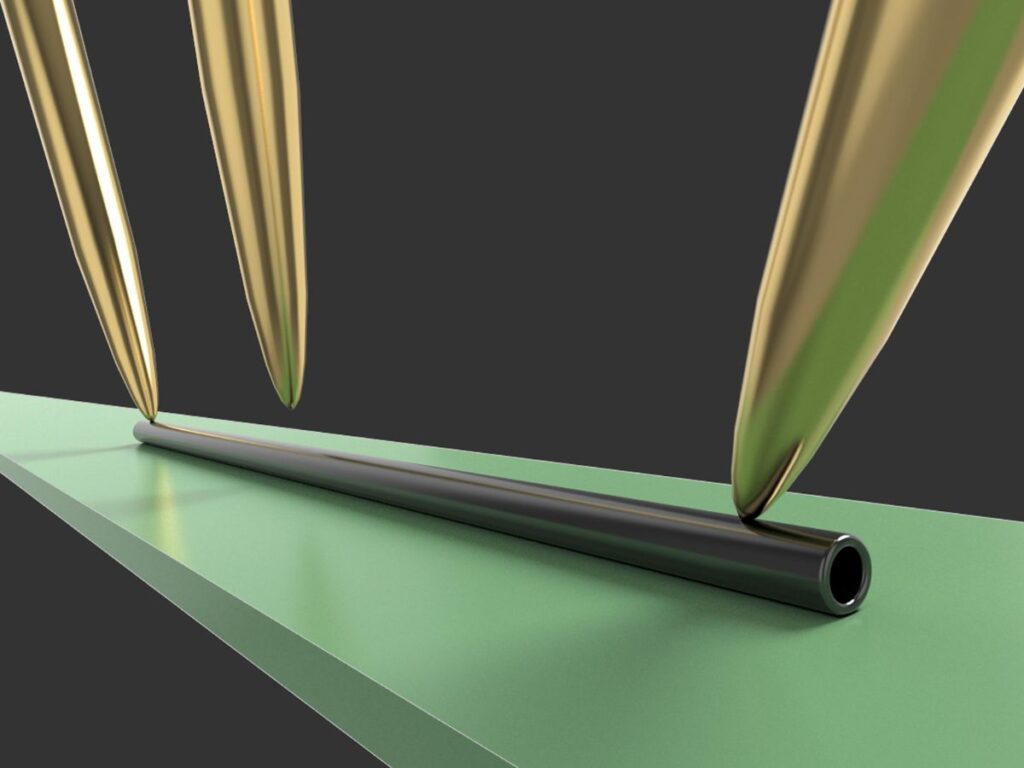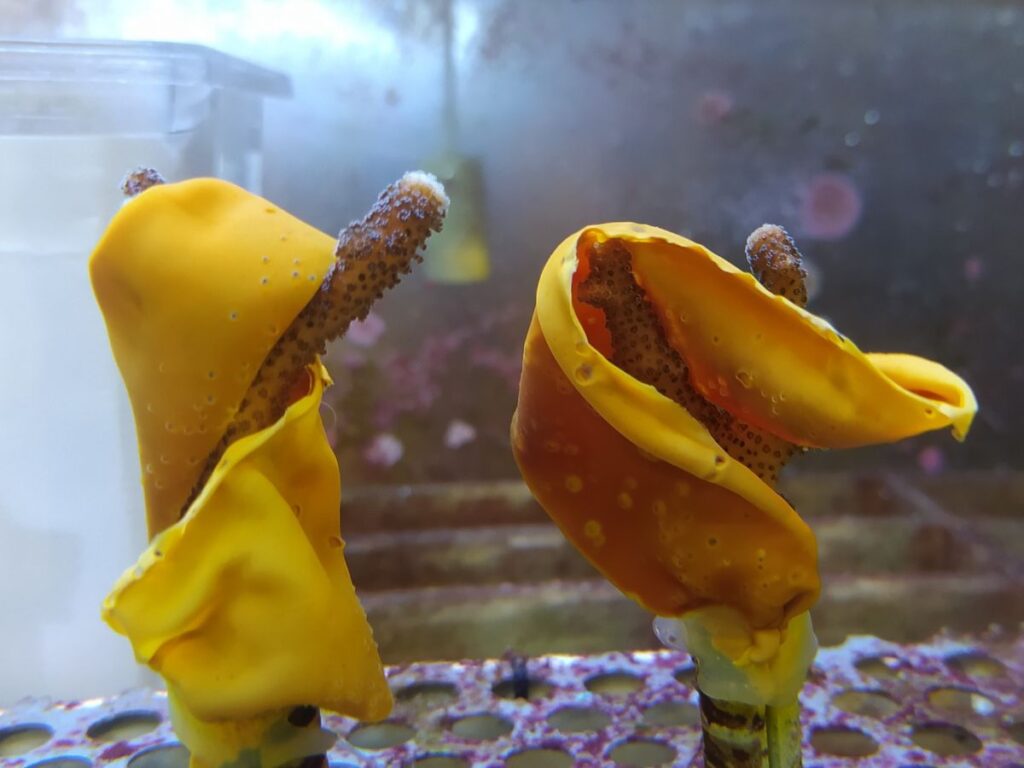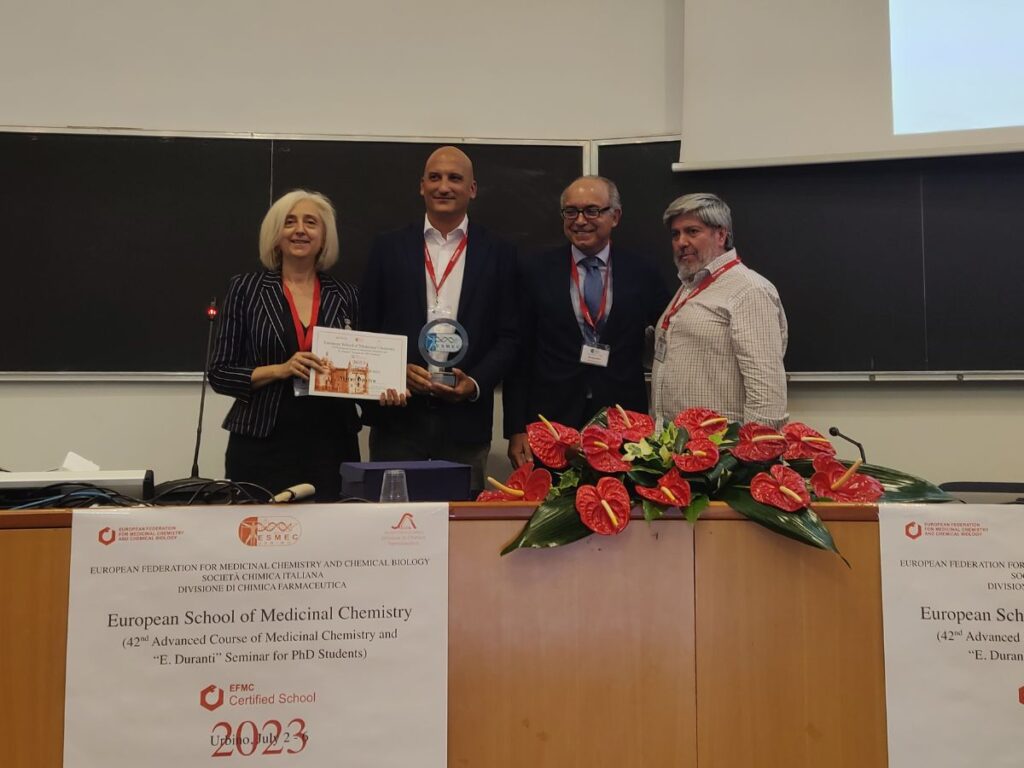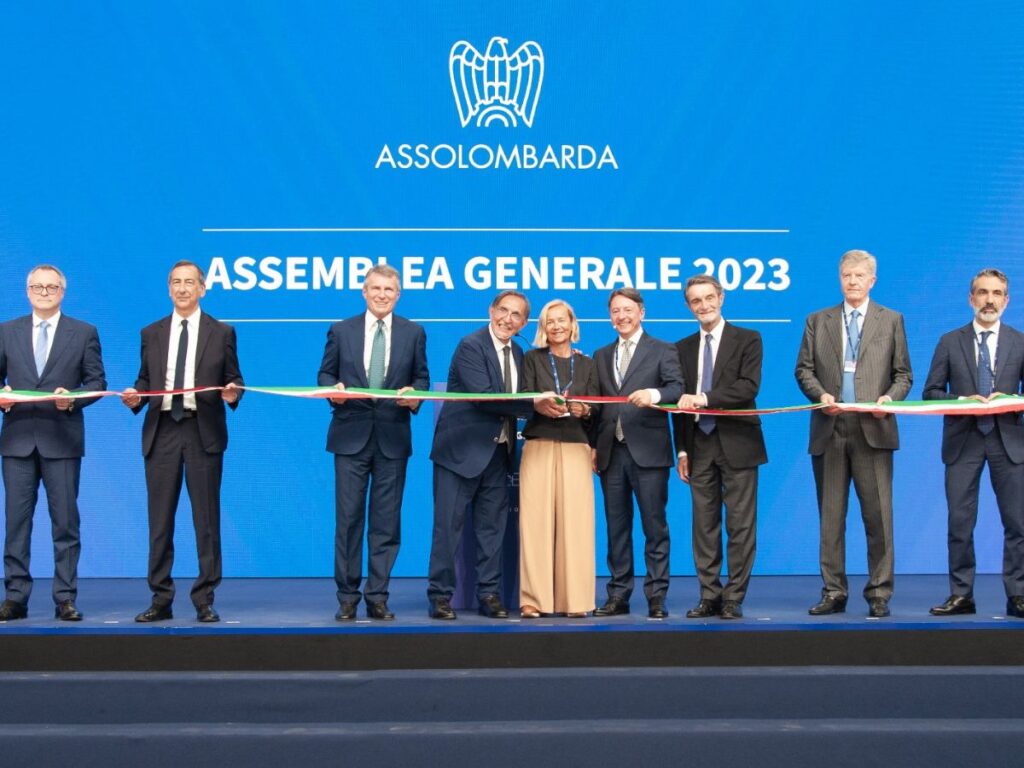Interview with Arianna Traviglia, Coordinator of the Centre for Cultural Heritage Technology (CCHT) at IIT in Venice
Arianna, from January 2019, the start of the center’s activities, until today, what has happened?
We began with minimal resources, just chairs and desks, and today we have a chemistry laboratory, a robotics laboratory, and large offices where specialized researchers from various disciplines apply the principle of multidisciplinarity. In the winter of 2019, there were three of us, and now we are soon reaching a team of thirty, with several open positions that we plan to fill shortly. In terms of operational strategies, we have better defined our research lines by understanding what functions this center could serve. We started with a careful analysis of the existing research gaps in the field of cultural heritage, evaluating opportunities and seeking to fit into spaces that offer significant study and intervention possibilities. We observed the significant gap between analytical and study work and technological transfer: a desert to traverse. Our center has positioned itself in this broad space, which represents the distance between research and the real world. We achieved this by developing synergies with other institutions and obtaining substantial European funding, used in collaboration with major international players. This has allowed us to propose innovative operational tools to the market.
What are these new tools?
Territorial planning is extremely challenging in our country because the underground territories often conceal archaeological remains whose existence and location are unknown. The construction of major infrastructures encounters obstacles when it unexpectedly encounters archaeological sites. To prevent this, we are working in positive synergy with the European Space Agency and the Italian Space Agency to develop tools created by artificial intelligence that can automatically identify archaeological sites in the subsurface using satellite images. This project is of great interest to territorial planning authorities and large industrial groups that need to know the subsurface conditions before planning new infrastructure or expanding existing ones.
Has this monitoring system allowed you to understand the different concentrations of these archaeological areas across the peninsula?
Yes, and to compose this picture, we have focused on specific areas. The Venetian lagoon area, partly due to the presence of our center in Venice, and the Friulian region, particularly the area around Aquileia. We have also identified study areas in central and southern Italy. The differentiation of the territories selected for our analysis then allows us, using a term from artificial intelligence, to “apply globally.” We also work abroad, where we train artificial intelligence in arid territories. We secured funding for an Italian archaeological mission in Tunisia, the first official archaeological mission of IIT. For this project, we obtained recognition and support as the Italian Mission from the Ministry of Foreign Affairs. This underscores the high level of research we are conducting. We will use the Tunisia project as a case study.
Who arrives first at archaeological sites, even without artificial intelligence, are often illicit excavators commonly referred to as “tombaroli.” Is satellite monitoring useful in this case as well?
We have secured a project with the European Space Agency and are working on another European project, both dedicated to security issues. We analyze satellite images using artificial intelligence to detect illegal excavations in archaeological areas. We are leaders in our country in terms of studies and the application of systems dedicated to the prevention and security of archaeological sites. Our Netcher project, funded by the EU, has just concluded, and we have initiated the Rithms project, with total funding of 5 million euros from the European Commission, over a million of which is allocated to IIT. In this case, we coordinate twenty partners, including representatives of European and non-European law enforcement agencies, including our Carabinieri. With these professionals, we work to develop artificial intelligence-based support tools for their investigative activities. We identify, using online information, actors involved in the trafficking of cultural goods and the connections that link them to major trafficking and fencing groups. Upon project completion, we aim to provide investigators from various states with a very effective computer tool to combat the trafficking of archaeological artifacts. Naturally, these tools can also be applied to combating other criminal activities.
Your center is also engaged in automatic transcription systems for texts.
Certainly, this is another activity that generates great interest. We have plans to transfer this technology into a digital product that transcribes the immense body of texts produced over time, not just ancient texts but also documentation from businesses and industries, often serving as evidence of technological innovation accompanying important socio-economic processes. Currently, we have large archives that are difficult to access. With our digitization project, we can catalog a vast amount of material that is immediately and thoroughly accessible.
With your team of researchers, you also focus on an aspect of ancient artifact analysis that has significant value, as it leads us back to the origins of writing: understanding the cuneiform system.
With a group of orientalists from Ca’ Foscari University, we are working on the automatic transcription of cuneiform and the understanding of a range of information contained in tablets that archaeologists have not yet deciphered. Some epigraphic signs remain incomprehensible. Using artificial intelligence, we aim to answer these intriguing questions. These decryption algorithms could also have implications in other disciplines and applications.
Another site of great fascination and interest for archaeologists and the world at large is Pompeii. CCHT is also developing a project there.
Yes, this is a robotics project conducted with colleagues Mazzolai and Cannella, with the aim of preserving the remains of the ancient city of Pompeii. Ferdinando Cannella, with the help of a robot, is creating tools to monitor the site. Barbara Mazzolai and I are evaluating whether her plantoids can enter the walls of Pompeii’s houses, where frescoes are still observed. Plantoids could help determine the stability of artifacts and signal the possibility of detachment of a fresco, allowing for intervention before any collapse that would destroy the artwork. In the future, we hope to use plantoids as carriers to insert adhesives into the gaps on which the frescoes rest. Furthermore, the Repair project continues, with colleagues Bicchi, Tsagarakis, Del Bue, and the aid of robots, we will reconstruct a large Pompeian fresco using fragments collected on-site. We handle hyperspectral technology, which evaluates the presence of pigments originally used but now disappeared through sensors. These pieces of information support the artificial intelligence system, which then reassembles the fragments in their original positions.
Finally, we have also worked extensively in the chemical branch of our activities. In the first three years of work, we focused on observing the materials we want to preserve and defined our areas of intervention: frescoes still in situ, mosaics, paper, metals, and glass. We are therefore working on the development of nano-structured eco-sustainable products dedicated to consolidation and preservation. One particular characteristic of these materials is that they are reversible, avoiding the need for total removal that would inevitably degrade the mosaic or artwork. We have secured European funding for this topic. We will shortly launch the manifesto of green chemistry for cultural heritage, a unique and original initiative that will further consolidate IIT and CCHT’s presence in Italy’s socio-cultural context.
We have also focused on analyses dedicated to identifying the causes of cultural heritage deterioration. We are about to publish a study on the discovery of a photonic crystal found on a piece of Roman glass. This discovery can offer insights and ideas with significant implications for the development of, for example, systems for renewable solar energy production, thanks to the optical properties of this type of crystal. This study combines the past and future, offering an excellent opportunity for technological transfer.

